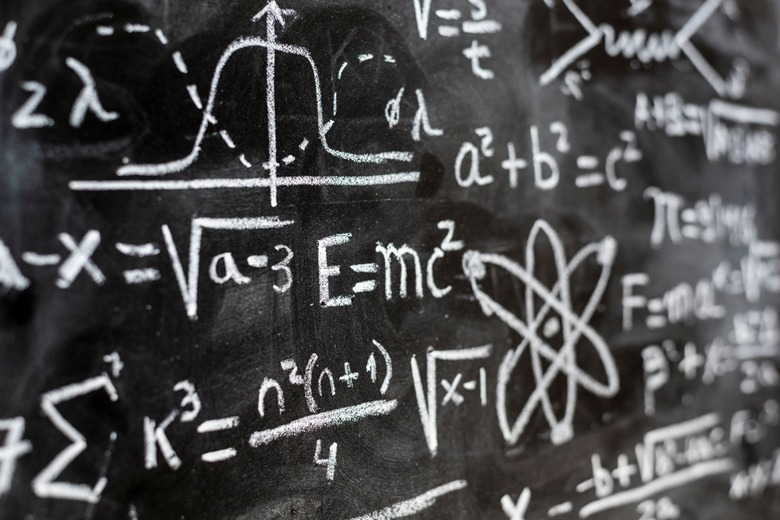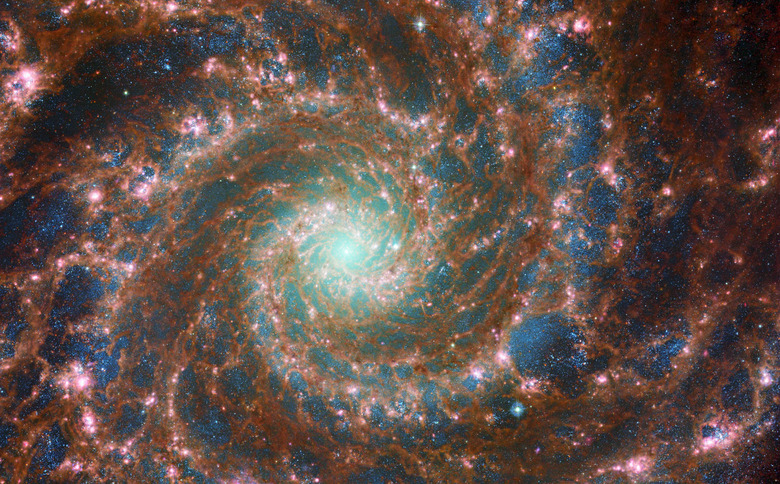Astronomers Just Found The Universe's 'Missing Matter'
There's been a lot of discussion over the years about what the universe is made up of. While some argue that dark matter is holding it together, while others argue dark matter doesn't exist, despite us possibly detecting dark matter a time or two. What is more intriguing, though, is that astronomers believe the universe is missing matter, and now they say they've found evidence of it.
The case of the 'missing matter'
This matter was considered "missing" because of how thinly it was spread among the various galaxies and halos of the universe. Because it is so diffuse, it's exceptionally hard to account for. But in a new study published in Nature Astronomy, astronomers from Caltech and the Center for Astrophysics | Harvard & Smithsonian (CfA) say they have detected the matter.
Additionally, they say that they've thoroughly accounted for all the universe's missing matter. According to a statement shared by Caltech, the researchers relied on fast radio bursts (FRBs) to help illuminate the matter that lies between those distant FRBs and us here on Earth.
How they did it
"The FRBs shine through the fog of the intergalactic medium, and by precisely measuring how the light slows down, we can weigh that fog, even when it's too faint to see," Liam Connor, an assistant professor at Harvard and lead author on the new study explained. In total, the team looked at 69 FRBs, ranging in distance from around 11.74 million to 9.1 billion light-years away from us. FRB 20230521B, which is located 9.1 billion light-years away, is now the most distant FRB ever recorded.
Despite having detected more than a thousand FRBs, we've only managed to pinpoint around one hundred or so to their specific host galaxies. Other attempts to detect the missing matter had only hinted at its existence hiding among the holes and halos of the universe. However, by relying on the FRBs, the researchers were able to find evidence of the matter.
These findings will help us better understand the universe and how galaxies grow. They could also help us unravel some of the greatest mysteries of the early universe, including how the universe expanded has expanded so quickly since the Big Bang. And researchers say this is just the beginning of the use of FRBs in cosmology. A future radio telescope from Caltech will help find and localize up to 10,000 FRBs per year, which should dramatically enhance our understanding of these distant radio bursts.

